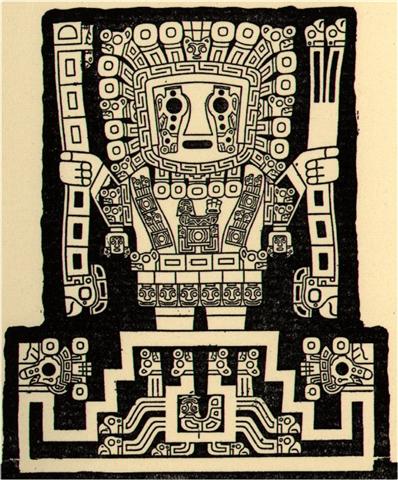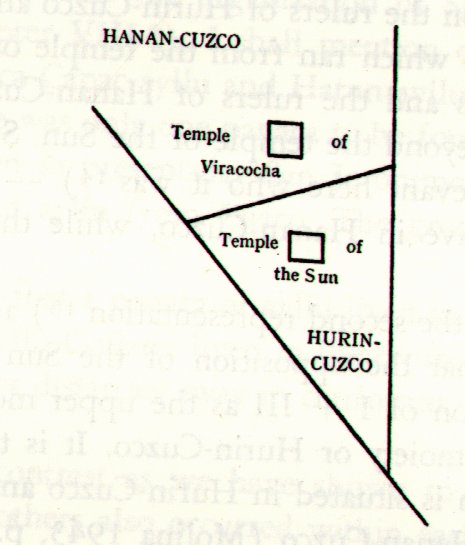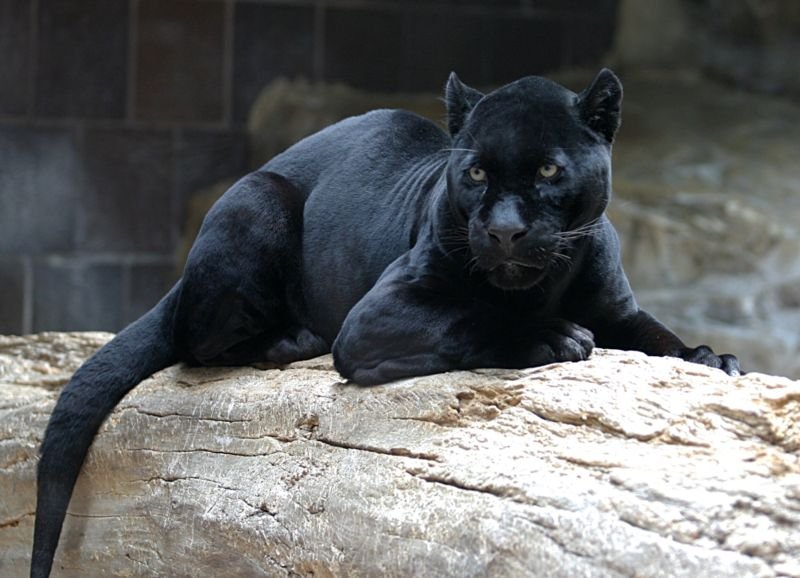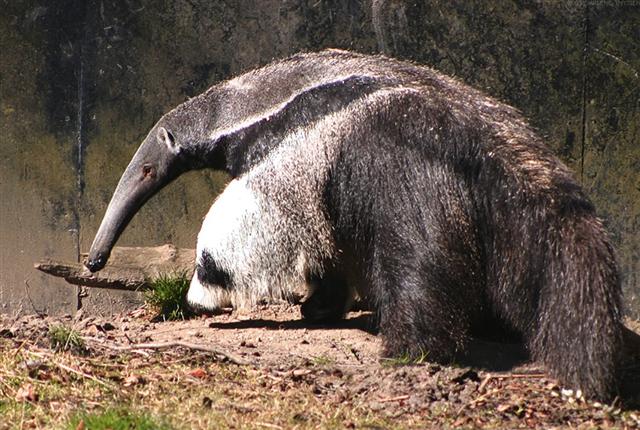The exceptional Gb1-21 has been drawn like a sad face with a pair of eyes hanging down and looking forward into the darkness (big pupils):
Eyes are hinted at also in the name of the 21st Arab manzil:
... ε, 3.4, was Al Bali, the brightest one of the 21st manzil, Al Sa'd al Bula', the Good Fortune of the Swallower, which included μ and ν; these last also known as Al Buläān in the dual. Kazwini said that this strange title came from the fact that the two outside stars were more open than α and β of Capricorn, so that they seemed to swallow, or absorb, the light of the other! ... According to Wikipedia is the name Al-bulaan (μ and ν Aquarii) Arabic for 'the two swallowers', whereas Al-bali (ε Aquarii) is singular ('the swallower').
... In the present context 'mouth' has an additional connotation, given that it refers in part to Heart of Earth, the deity called 'Mundo' today. This is the great Mesoamerican earth deity, the ultimate swallower of all living beings, depicted in Classic Mayan art (in the Palenque relief panels, for example) as an enormous pair of jaws upon whose lips even the feet of great lords must rest in precarious balance, and into whose throat even great lords must fall. Turning to the contemporary scene, daykeepers who visit the main cave beneath the ruins of Rotten Cane, the last Quiché capital, speak of the danger of falling into 'the open mouth of the Mundo' there, which is said to be more than four yards wide ... The last Quiché capital had the strange name Rotten Cane and this fact could possibly throw some light on the otherwise odd name for the 19th manzil:
... Branch by lying with Fork-of-tree made Beetle-that-lives-in-rotten-wood ...
This City (Al Baldah) was in the last part of side a of the tablet, 290 days after 0h and early in the 'Sea' (beyond Nunki):
In Gb1-21 the hanging eyes have dark pupils looking ahead. This was not a pair of ordinary mata. ... The pupil of the sun 'eye' cannot be drawn in rongorongo, because only the border line is permitted. Exceptions to this rule indicates how another element (sign) has been inserted between the sign and the viewer. The pupil is part of the eye, and therefore it cannot be drawn ... ... pupil1 ... orphan who is minor and hence a ward ... one under instruction ... L. pūpillus, -illa orphan, ward ... of pūpus boy, pūpa girl ... ... pupil2 ... circular opening in the iris of the eye ... L. pūpilla ... secondary dim. of pūpa, girl, doll, pupil of the eye ... The application of the L. words to the pupil of the eye is based on, or parallel to, that of Gr. kórē maiden, girl, doll, pupil (the allusion being to the tiny images of persons and things that may be seen therein) ... At the beginning of time eyes were swallowed: ... In the morning of the world, there was nothing but water. The Loon was calling, and the old man who at that time bore the Raven's name, Nangkilstlas, asked her why. 'The gods are homeless', the Loon replied. 'I'll see to it', said the old man, without moving from the fire in his house on the floor of the sea. Then as the old man continued to lie by his fire, the Raven flew over the sea. The clouds broke. He flew upward, drove his beak into the sky and scrambled over the rim to the upper world. There he discovered a town, and in one of the houses a woman had just given birth. The Raven stole the skin and form of the newborn child. Then he began to cry for solid food, but he was offered only mother's milk. That night, he passed through the town stealing an eye from each inhabitant. Back in his foster parents' house, he roasted the eyes in the coals and ate them, laughing. Then he returned to his cradle, full and warm. He had not seen the old woman watching him from the corner - the one who never slept and who never moved because she was stone from the waist down. Next morning, amid the wailing that engulfed the town, she told what she had seen. The one-eyed people of the sky dressed in their dancing clothes, paddled the child out to mid-heaven in their canoe and pitched him over the side ... 314 (π) should be halfway around a circle. Perhaps there were 2 'lands' united into single great whole, like Upper and Lower Egypt. Or like Upper and Lower Peru: ... Space and time are a single, related concept in Runasimi [the language of the Inca people], represented by one word, pacha, which can also mean 'world' and 'universe'. The image of time familiar to Waman Puma was static and spatial: one could travel in time as one travels over earth - the structure, the geography, remaining unchanged. To him it does not matter that he shows Inka Wayna Qhapaq, who died in 1525, talking to Spaniards, who did not arrive until 1532. Wayna Qhapaq was the last Inca to rule an undivided empire: he is therefore the archetype, and it must be he who asks the Spaniards. 'Do you eat gold?' ... In Andean thought both world and time were divided into four sectors or directions unified under a presiding fifth principle. The Tawantinsuyu - 'the indivisible four quarters' - was unified and presided over by Cusco, the center. Similarly, history was divided into four previous ages, presided over by a fifth, the present. In his book, Waman Puma organizes the history of both Old and New worlds according to this scheme. The Old Testament and the pre-Inca times are each divided into four equivalent and parallel ages. The 'present' age in Peru begins with the appearance of Manku Qhapaq, the first Inca, a being of supernatural origin. And in the Old World the 'present' starts with the birth of Jesus Christ ... ... Therefore the map of Cuzco was also divided accordingly. The head of the Puma was hanan with a temple for Viracocha, the lower part was hurin with a temple for the Sun. The Temple of the Sun was connected with the lower part, where water should have accumulated due to the force of gravitation ...
It is therefore possible there was also a time-space map in the G text, organized into Upper and Lower. The cycle of time was a bi-cycle, twice 314:
Such twin wheels of time were like a pair of opposites: ...M119. Cayua. 'The jaguar's eyes'. The jaguar learned from the grasshopper that the toad and the rabbit had stolen its fire while it was out hunting, and that they had taken it across the river. While the jaguar was weeping at this, an anteater came along, and the jaguar suggested that they should have an excretory competition. The anteater, however, appropriated the excrement containing raw meat and made the jaguar believe that its own excretions consisted entirely of ants. In order to even things out, the jaguar invited the anteater to a juggling contest, using their eyes removed from the sockets: the anteater's eyes fell back into place, but the jaguar's remained hanging at the top of a tree, and so it became blind. At the request of the anteater, the macuco bird made the jaguar new eyes out of water, and these allowed it to see in the dark. Since that time the jaguar only goes out at night. Having lost fire, it eats meat raw ...
Only gradually can one come to understand the great myths. For a long time I could not quite figure out why the Anteater should be the opponent of the Jaguar. Of course they were opposites in their eating habits, with only a tiny mouth eating the small ants on one hand and on the other the great jaw of the Jaguar, capable of crushing the heads of caymans. But this did not explain it all. However, recently I found out a new factor. The child of an anteater needs to take shelter in the long and hairy tail of his mother in order to survive in the cold nights of the desert. Thus the Anteater represents the cold half (winter, night, etc) whereas the Jaguar in the djungle must have had the fire - because his skin was so sleek. |
|||||||||||||||||||||||||||||||||||||||||||||||||||||||||||||||||||||||||||||||||||||||||||||||||||||||||||||||||||||||||||||||||||||||||||||||||||||||||||||||||||||||||||||||||||||||||||












